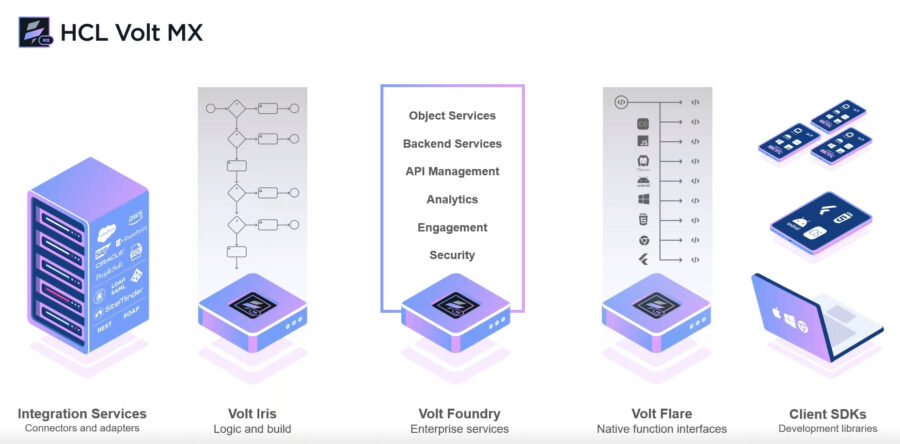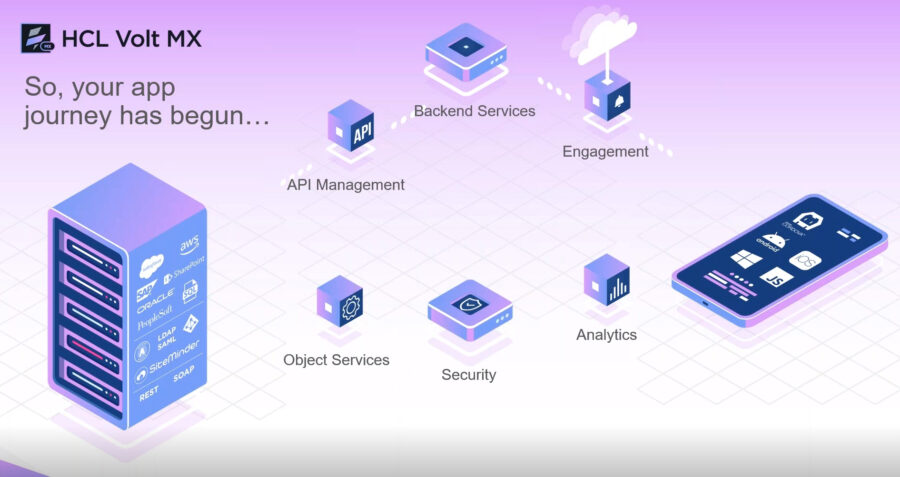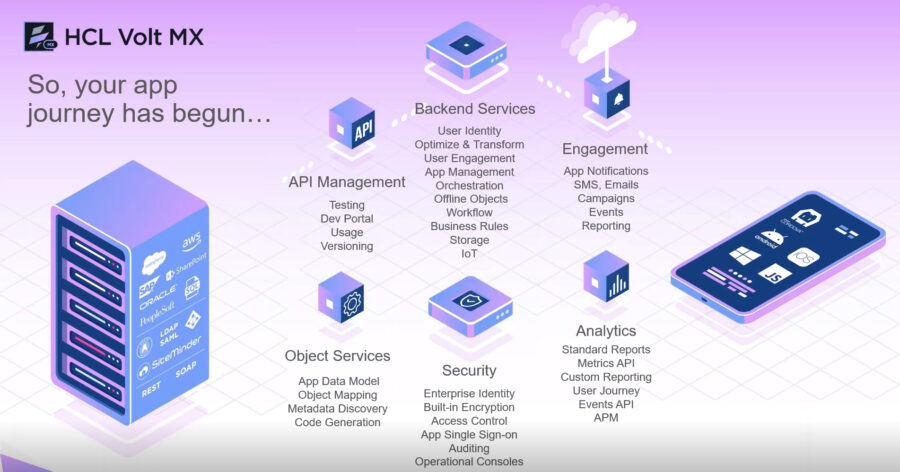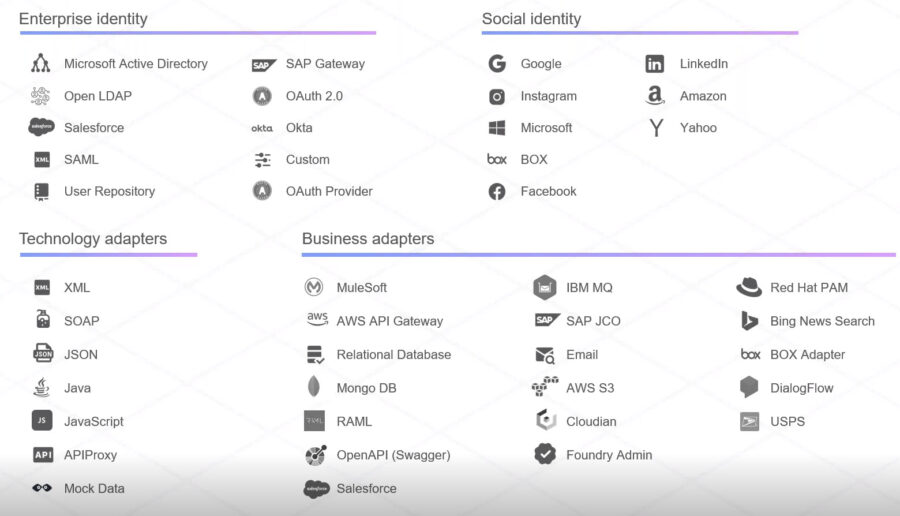HCL held the first of a series of webinars yesterday with regards to Volt MX and what it can do to help you with your app development.
This first webinar focused on the mobile app development section of a business, pointing out how HCL’s Volt MX can lend a hand in making things faster and easier.
The purpose of the webinars HCL is having is to show us all how we can develop great applications that are integrated where needed without losing velocity.

Volt Iris can help you design your screens for your phone, tablets, wearables and PWA apps using a drag and drop approach. You can also create your application logic and tie integration services also using a drag and drop approach without writing code. Using Volt Iris you also have access to a complete portfolio of reusable components as application building blocks to help kick start your development teams for future projects.
The new and exciting stuff comes from Volt Flare which promises to eliminate the need of multiple code languages or even multiple code bases to create a tailored experience for that exact device or browser you want to support with 0 compromise on quality or capability. Volt Flare enables you to harness all the capability of the hardware while delivering the experience your users and customers need.
Volt Foundry is a middleware with a robust set of services and integration capability which helps HCL’s customers keep the velocity going forward, reduce their integration complexity and deliver real value to their customers as an ultimate bottom line.
When your app journey begins you will notice that you will be a part of a multi-layered architecture:

You will identify requirements for transforming data, for accessing it via a common object model , for engaging with and notifying your users and customers for gathering analytics, reporting data and at the core you’ll have requirements for delivering it all as a secure solution.
Application development involves a lot more than just building an app; you have a lot of components to take into consideration apart from the code writing itself.

You can have for example a Salesforce app which needs to communicate with an SAP backend, both of which are talking to your homegrown database. Regardless of your approach, they all come together and help deliver value to the business to meet your needs.
As Apps move from concept to reality they are often pulled in many directions by numerous teams and individuals, ultimately leading to what can be called the wall of complexity. Some of these walls require additional middleware to tackle them.
Here is an example: you have an app that needs to be able to tie in to your Salesforce marketing automation system , your SAP integration , your Product Managers need to be able to include additional information from analytics environment and with all of these new integrations a new identity is required for access and your IT security protocol must be adhered to. All these seem to be a simple series of changes that can occur at any given moment but behind the scenes things are more complicated. How do you take a different interface point like an analytics platform or an SAP API and make it easily consumed by a separate developer team that might not have the expertise in that other system? How do you expose those other systems securely without letting protected credentials run loose?
What might seem a small change on the surface might prove to be much more complex when analyzed in-depth, especially when it comes to securing data.
These new requirements all affect those different layers of the architecture and areas of the IT environment . They affect the SAP integration, the identity access requirements , the storage requirements, the data security requirements.
For even more examples and case studies you can check out the recording of this webinar HERE.
Here you can find a list of the most common app development architecture:

Volt MX Foundry can help you select an adapter from its library that allows a developer to configure properties rather than write code in order to access and use their identity provider or integrate into their enterprise backend datasources. Thus a developer will not need to write lines of code to manage the authentification , the authorization or the token management for their applications. No extra code will be required to introspect into the Salesforce backend to expose their Salesforce data , consume those data objects, access that data, transform that data and finally present it to the user.
By using a low code approach, by exposing configurable properties instead of requiring heavy coding in the frontend using a lot of APIs and third-party libraries. The development time savings can be important.
So, without further ado, take Volt MX for a spin and let us know how it helped you improve your development process.
